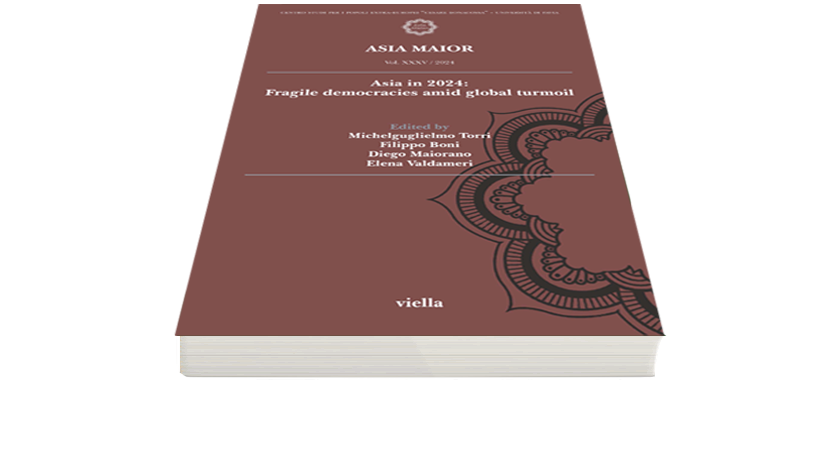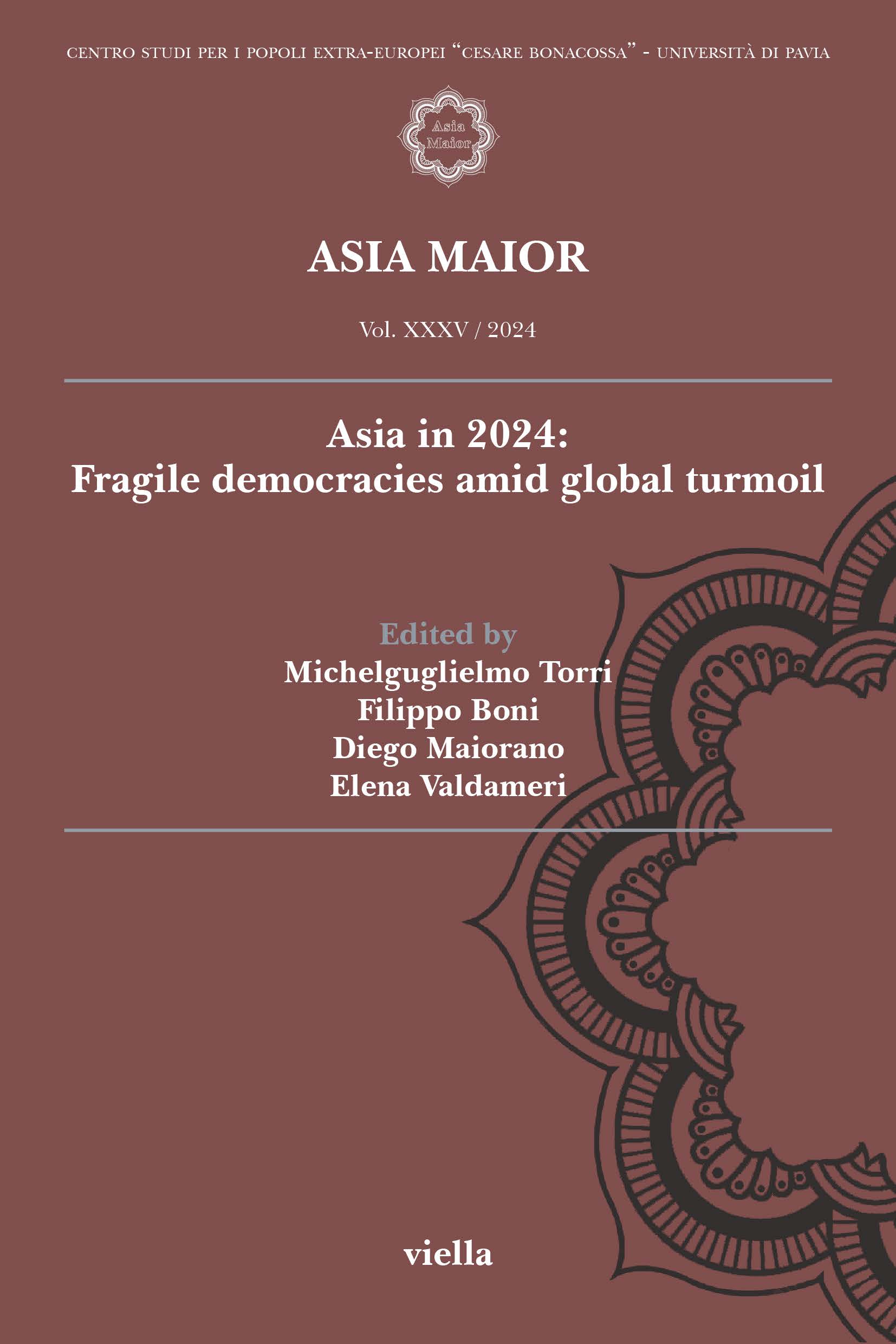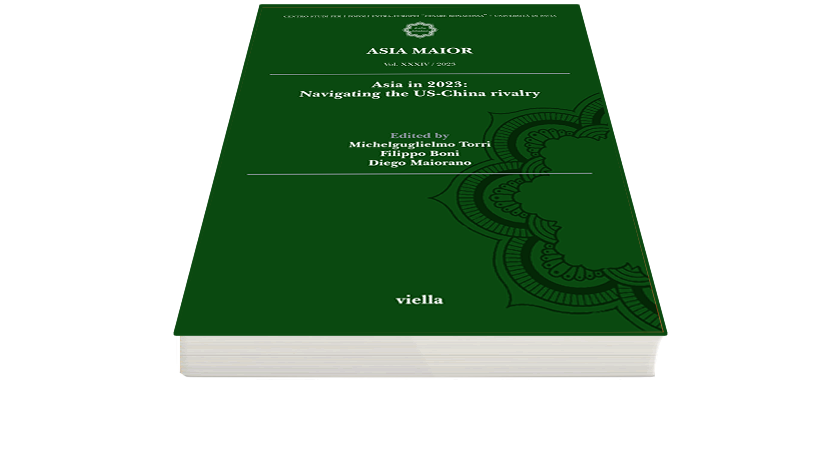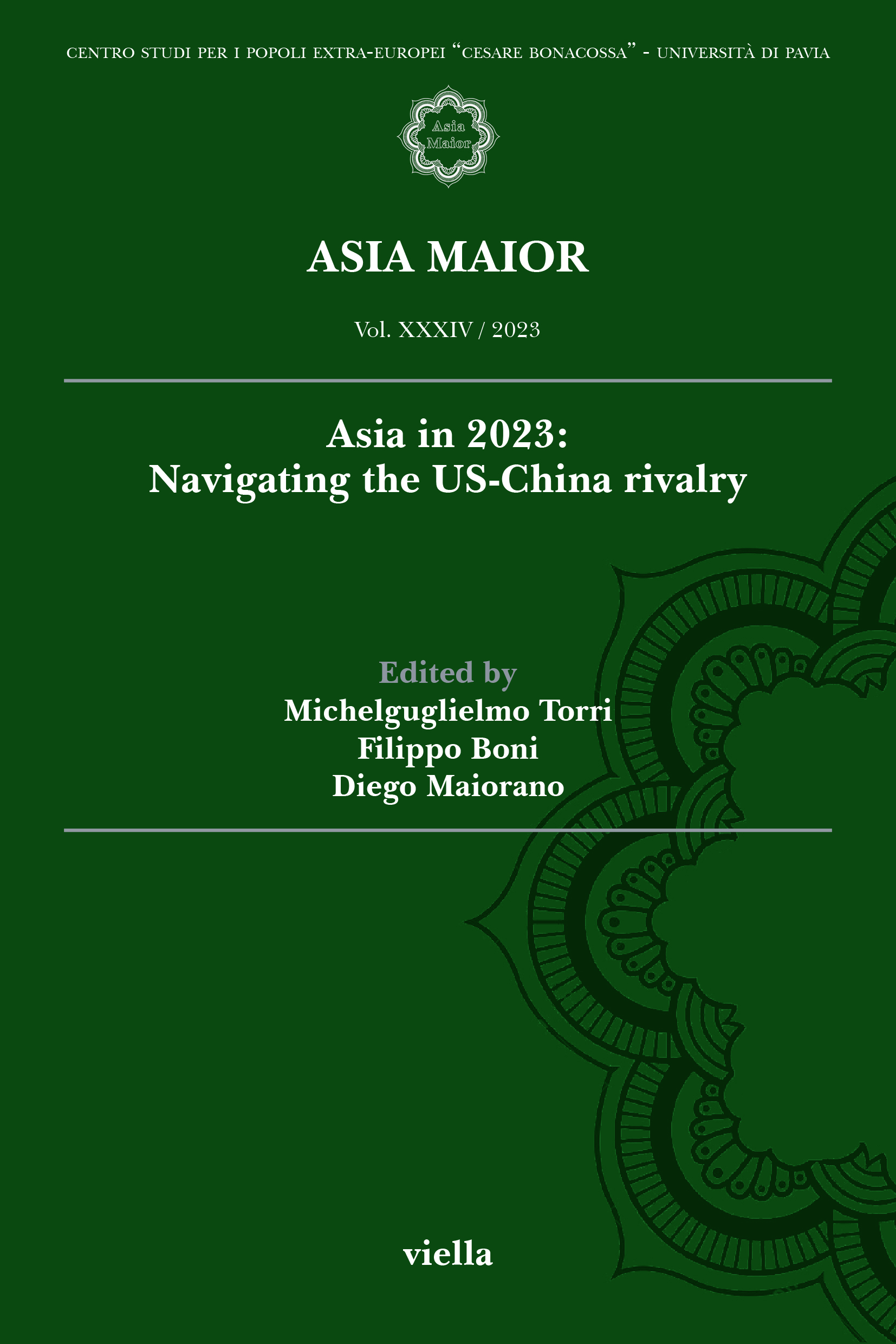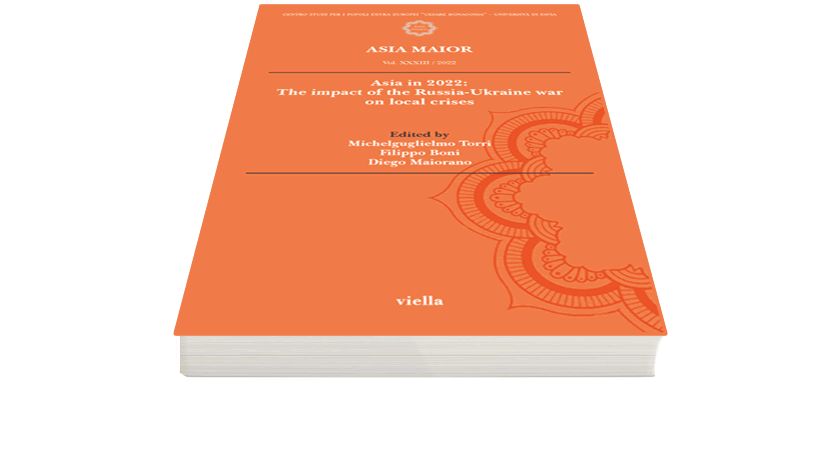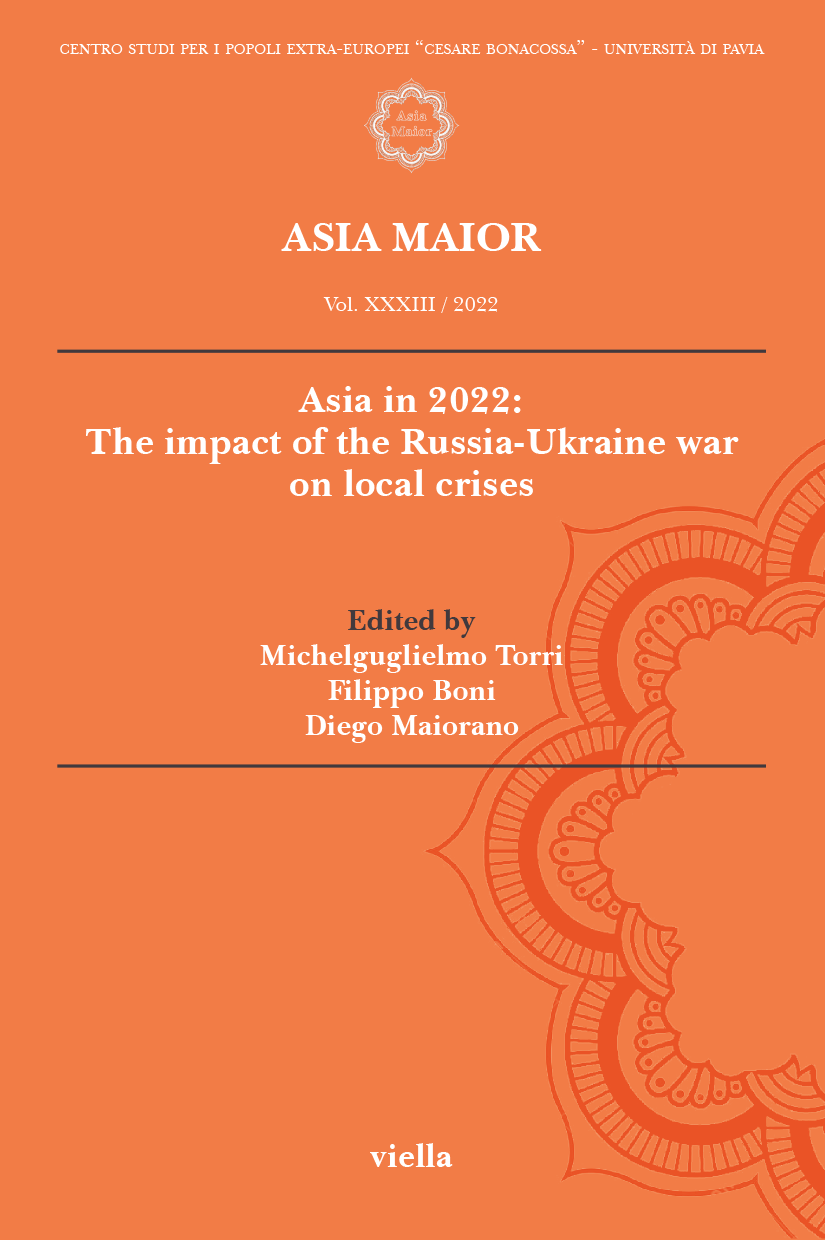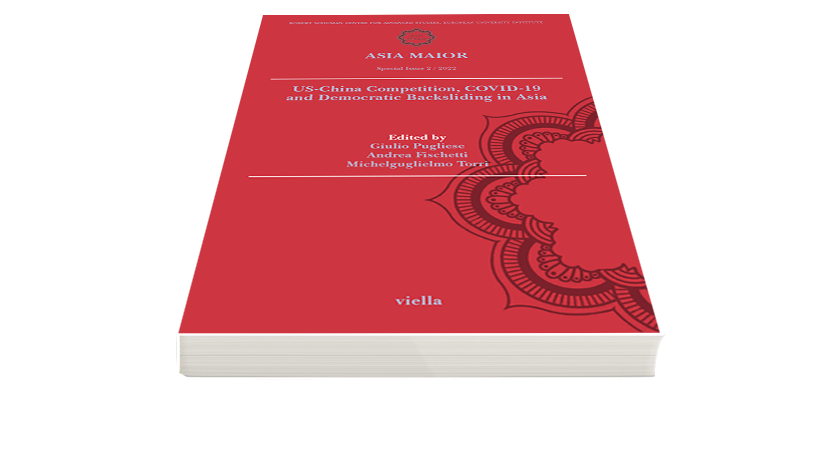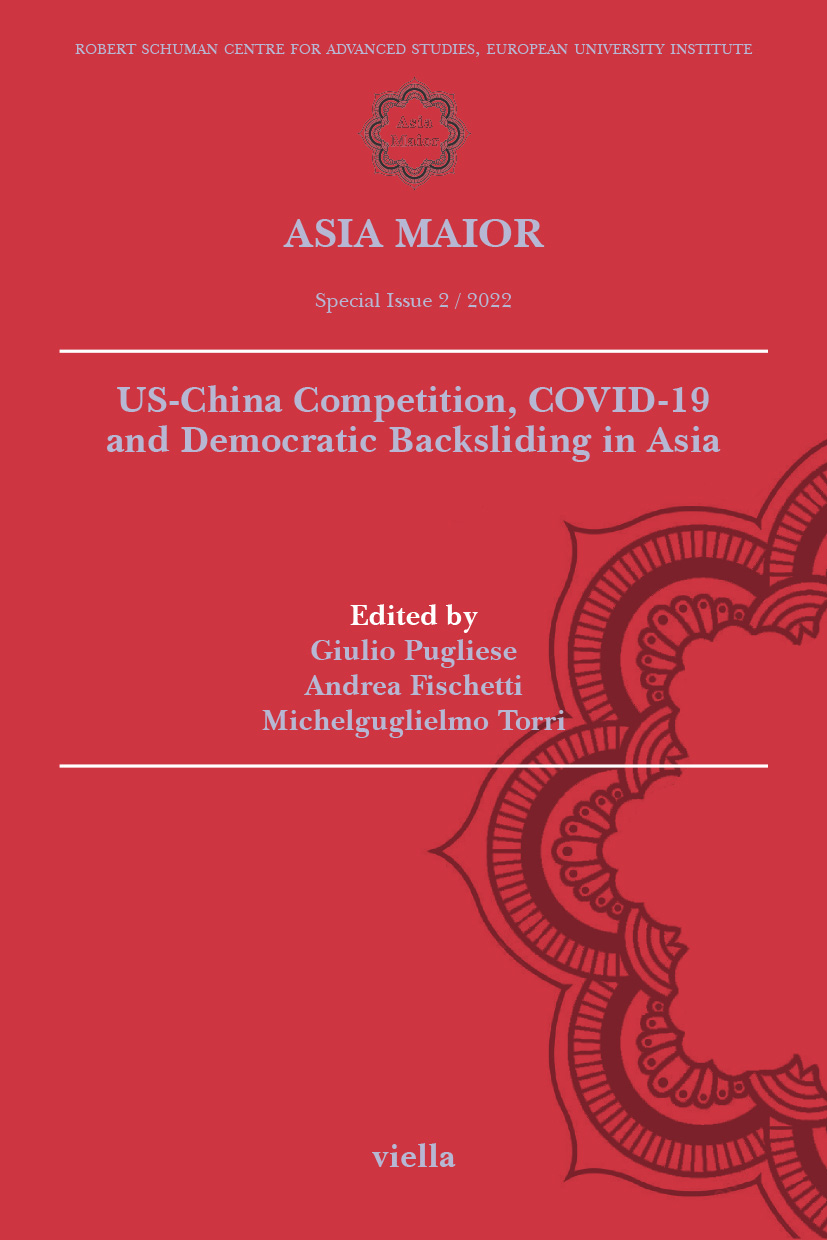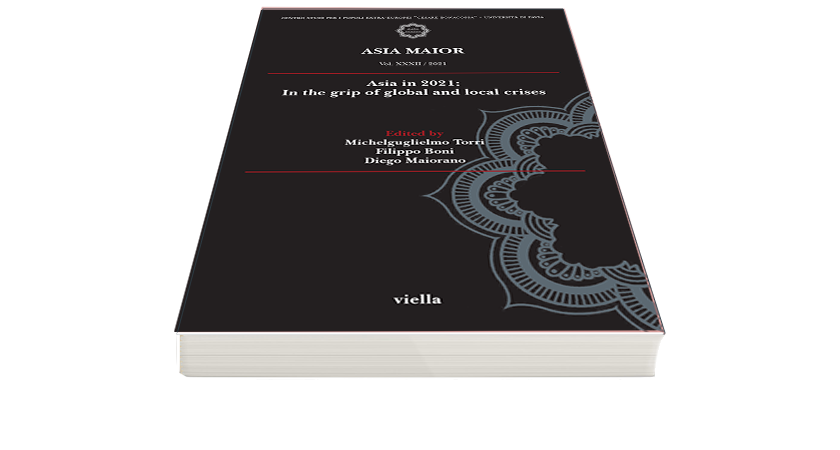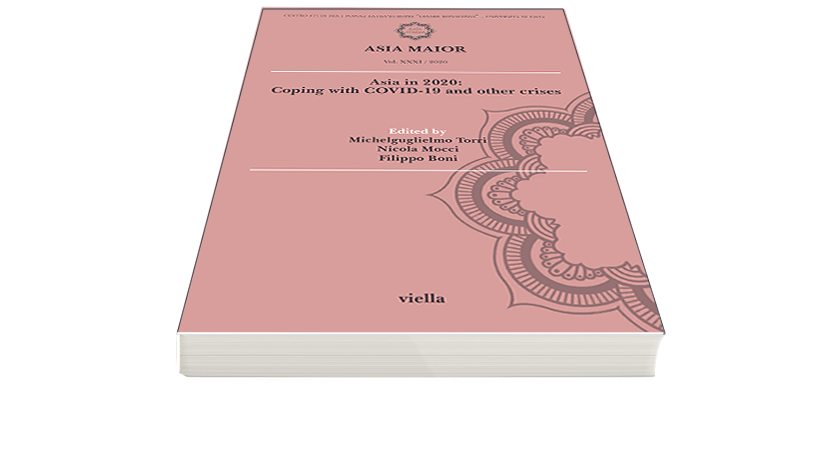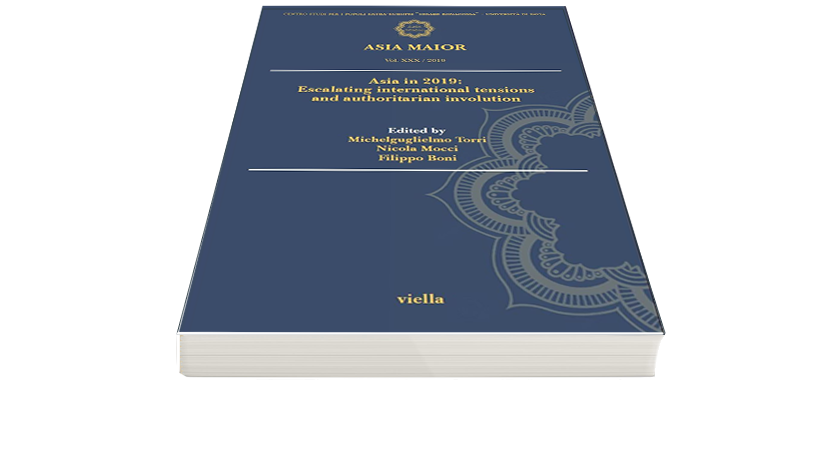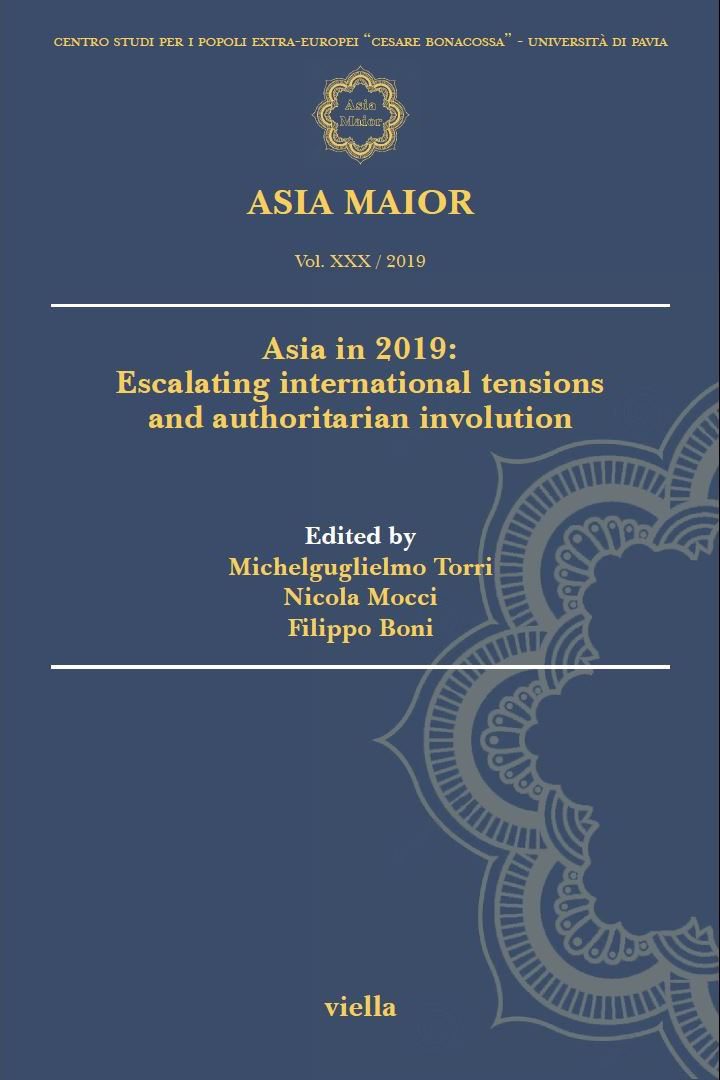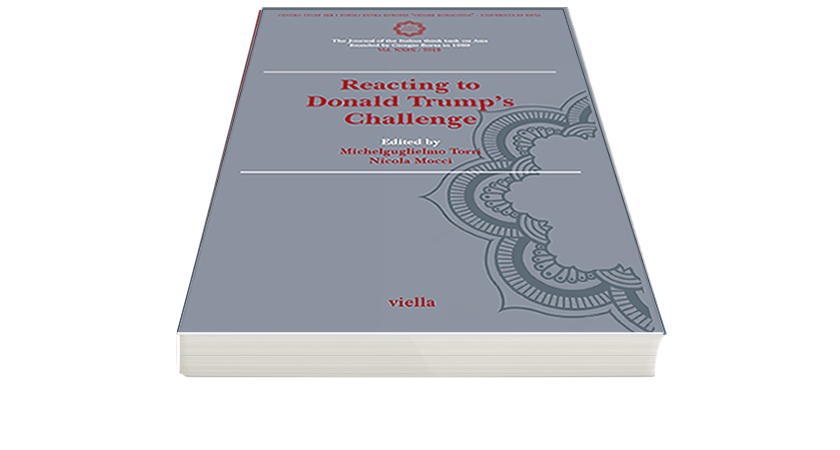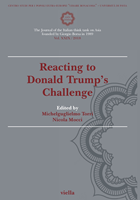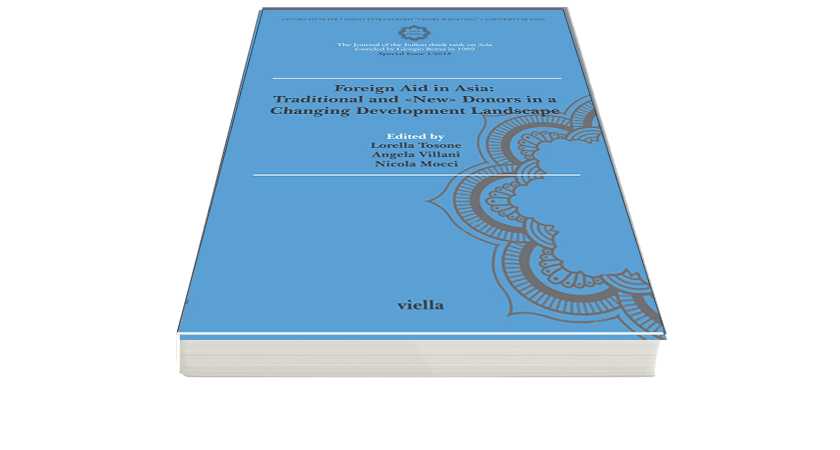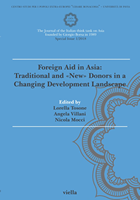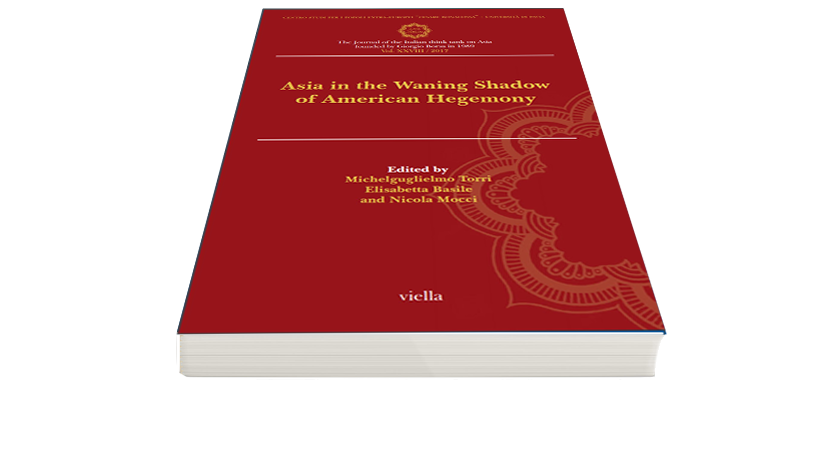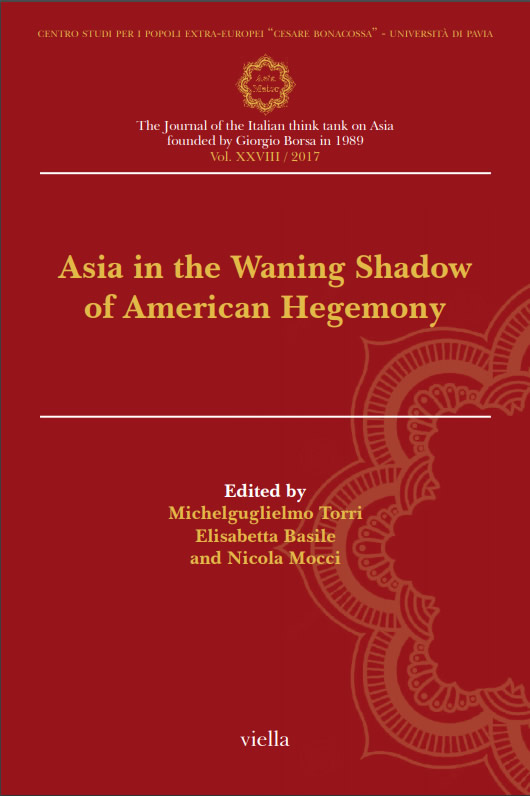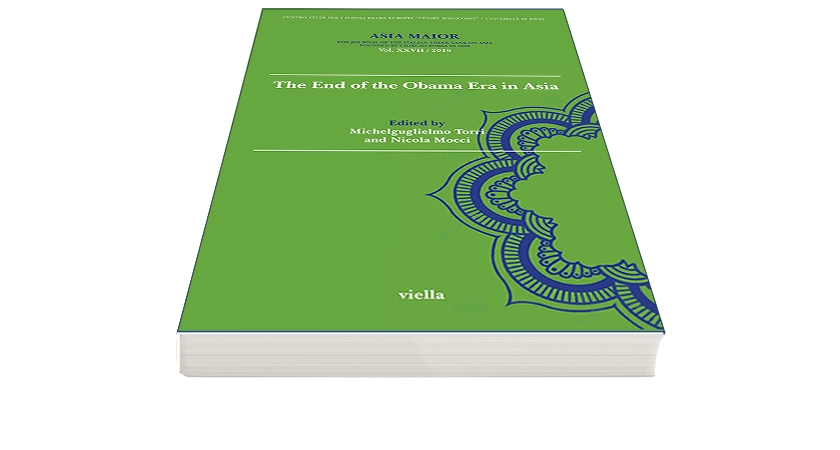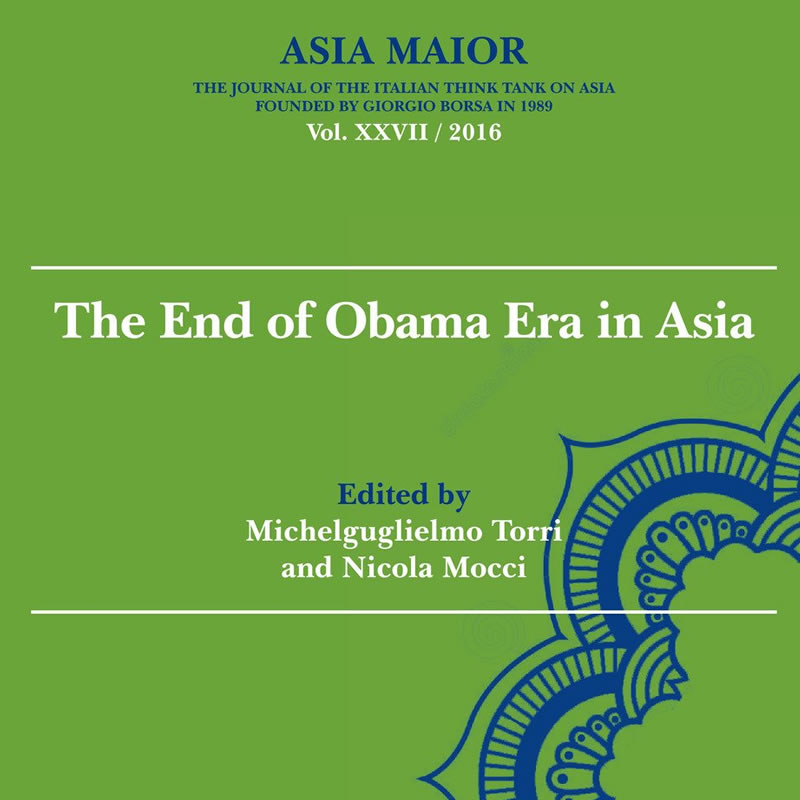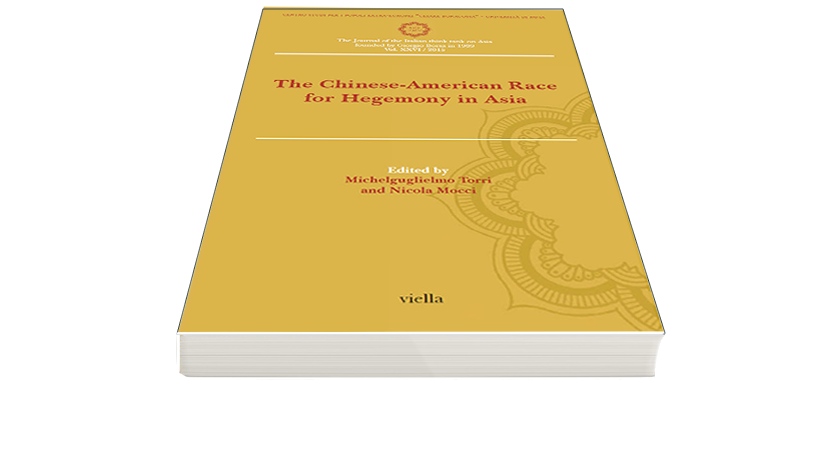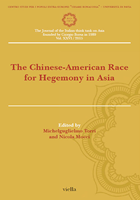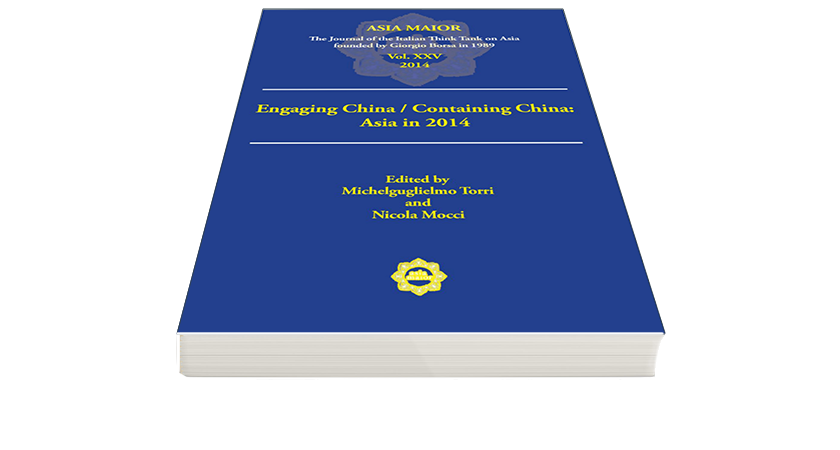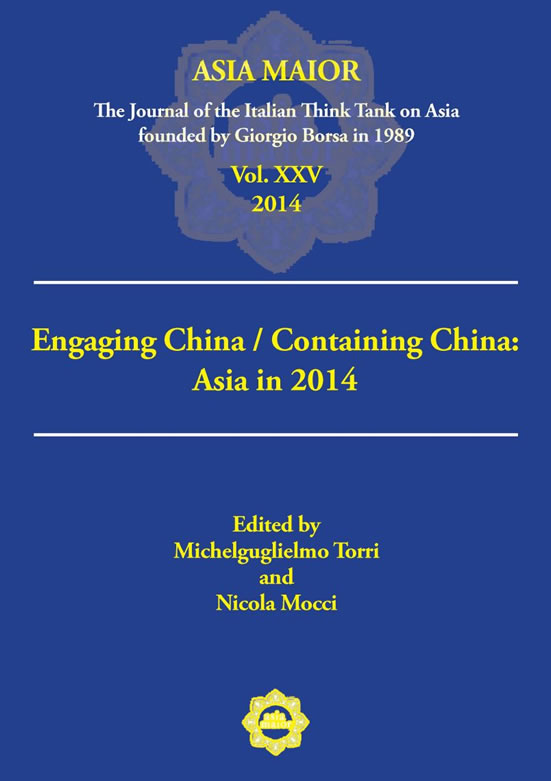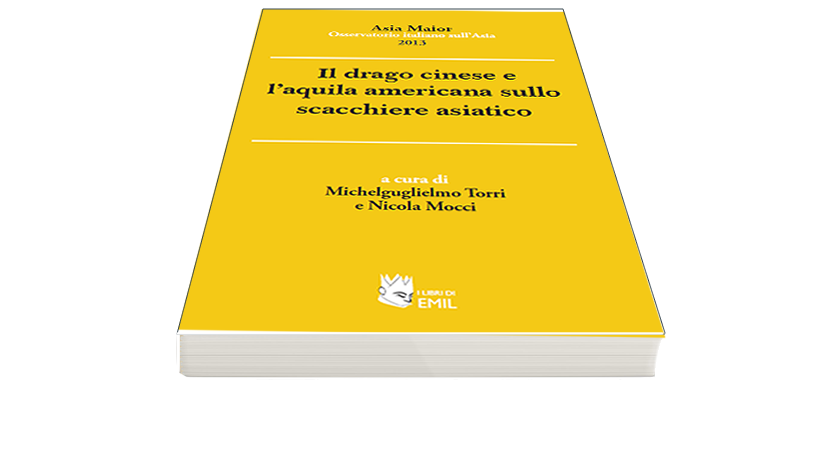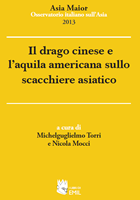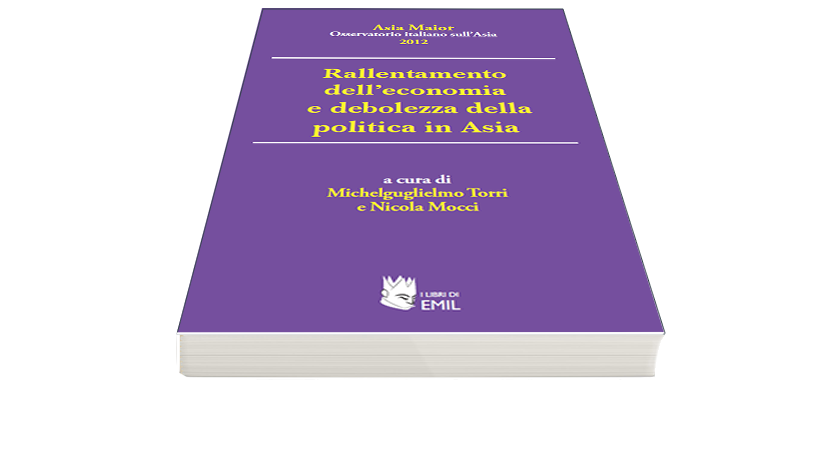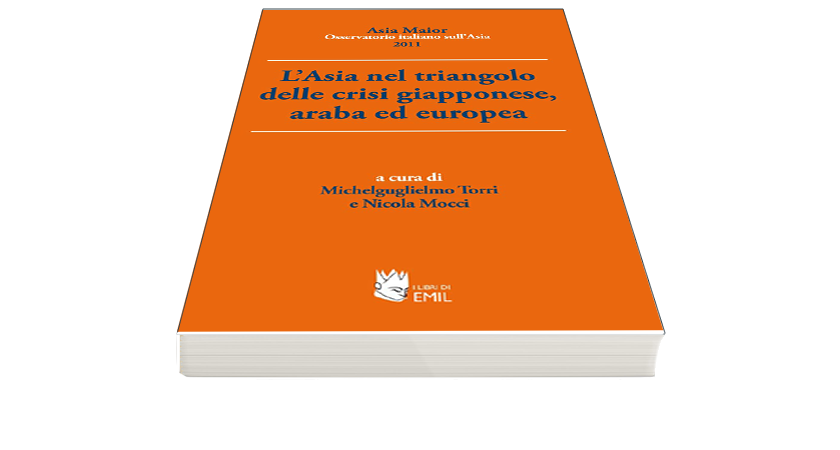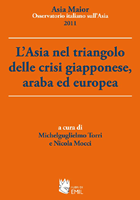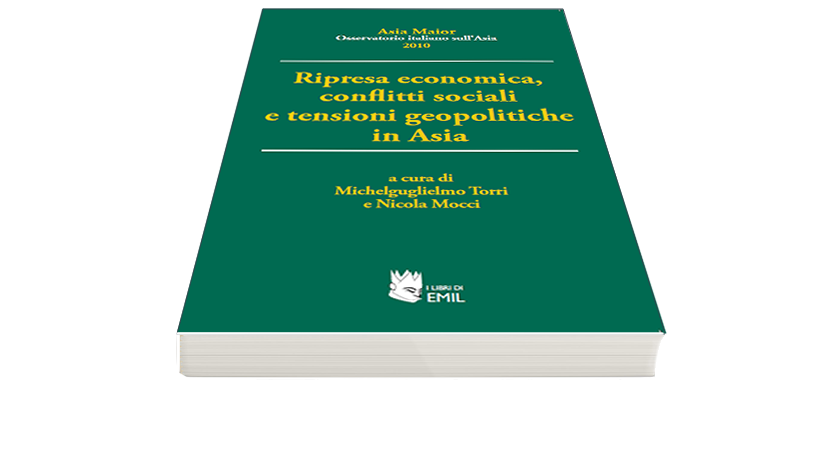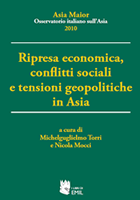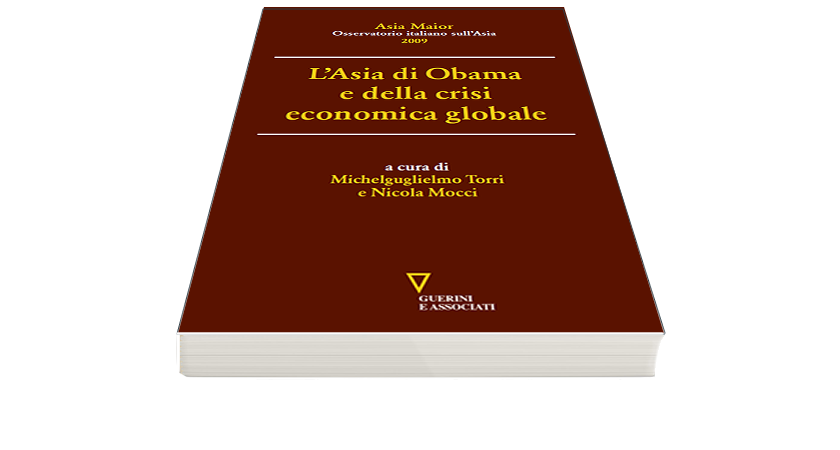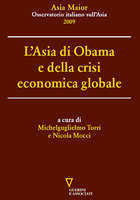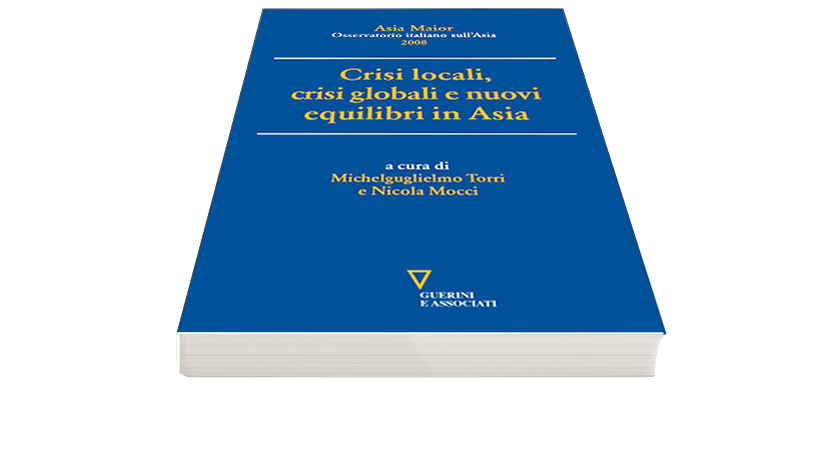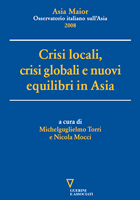In Search of Connection with Service: Citizens, brokers, and civil servants
Available also in pdf – Download Pdf
Adam Auerbach and Tariq Thachil, Migrants and Machine Politics: How India’s Urban Poor Seek Representation and Responsiveness, Princeton: Princeton University Press, 2023, xi+275 pages (ISBN: e-book 978069 1236100).
Akshay Mangla, Making Bureaucracy Work: Norms, Education and Public Service Delivery in Rural India, Cambridge: Cambridge University Press, 2022, xx+420pages (ISBN: 978-1009-25801-2 Hardback).
These books explore how citizens in India at the bottom of the social pyramid make claims on government. They are part of a small and, one hopes, growing group of studies that look at governance arrangements in India from the bottom up. They quite deliberately do not start in New Delhi and look out and down at how government agencies interact with citizens. Instead, they explore what citizens themselves want and how they look for people and institutions that can help them get it.
One of the books examines how citizens in slum settlements make demands for services through brokers and patrons whose fortunes depend on getting results. The other examines what parents of primary school children want from schools and what civil servants responsible for primary school education can do to respond effectively.
Both books are based on extensive fieldwork carried out over extended periods of time. Each book reports carefully chosen case studies, surveys, and interactions with respondents. Both are guided by rigorous methods drawn from US political science. Interviews with respondents were conducted in Hindi, either by authors themselves, or by Hindi speaking research assistants. In each case researchers adopted an ethnographic approach – they spent time with people. Formal interviews were complemented by informal encounters, social meetings with participants, and participant observation. People were also kept informed about what the researchers were doing.
Auerbach and Thachil examined access to municipal services in slums in two Hindi speaking cities – Jaipur and Bhopal. At the time of study (research began in 2014) both cities had two- party systems in which the BJP and the Congress competed. The researchers focused on how citizens made claims for provision of basic infrastructure – sanitation, drainage, paths and roads, and especially water supply. They examined the formation and drivers of the incentive driven, competitive machine politics that connected slum dwellers to brokers, patrons in local politics, and the municipal authorities from which they sought services.
Mangla examined access by Dalit and other underprivileged parents to effective primary schooling for their children. In field work between 2007-2011 and 2013-2014 he focused on the different ways in which civil servants in apparently similar North Indian states – Himachal Pradesh and Uttarakhand – responded to the inclusion of parents in decisions about how schools operated. In Himachal Pradesh he argues that bureaucratic norms encouraged civil servants to consult parents whereas in Uttarakhand and Uttar Pradesh they encouraged legalistic enforcement of rules. He proposes that flexibility in applying rules and deliberation with parents enables civil servants to carry out the complex tasks underpinning effective primary education. He extends his analysis to include comparative perspectives from Kerala and also selected countries in Asia and Europe.
In both books active citizens from less privileged social groups are seen seeking access to government services. Slum residents take action on their own terms. Primary school parents respond to opportunities for consultation. Neither are enmeshed in top-down networks. Rather they take part in significant bottom-up action between elections. Although the results reported are limited in scope and the modest citizen claims examined often remain unmet, the books raise two sets of questions. One is about the implications of bottom-up activism for how political parties manage their organisations and pitch their appeals. The other is about how the institutions of governance could respond more effectively to citizen claims for services and facilities that provide value.
Machine Politics
Auerbach and Thachil’s findings show that the politics of claim making by the slum residents starts with the residents themselves. The authors examine how people seeking opportunities not available in their home regions move to cities and make their way. They form squatter settlements of small, disjointed groups of residents from diverse backgrounds. Established social hierarchies in rural districts are absent. The tasks of finding a spot to squat, holding on to it, building shelter and creating basic amenities are hard. Residents live on the margins. They are reluctant to approach officials themselves.
They look for people who can help. Such helpers tend to be people like themselves who have had time to find their way around. Critically they are likely to have earned a reputation as problem solvers. The book’s findings suggest that in choosing who to ask for help residents do not look for social and religious compatibility. They look for people who can make effective claims. In doing so, the authors argue, they give rise to a complex set of interactions that drive «an interlocking set of competitive selections through which urban political networks form». Through such interactions, the authors argue, residents become the architects of the networks that connect them to the state.
Brokers are the first link in a network of «mediated access’. They live in the slums themselves. They are readily accessible. They emerge as brokers in a number of ways. For example, they may help a few people and go on to build a following. Or they may be selected by iterative processes, including elections organised by residents. Brokers tend to be a little more educated than other residents, work outside the slums and have access to office holders in political parties and local government. They need to show residents they are aware of problems, know how to get help and develop a record as problem solvers. Ethnicity is less important than effectiveness. So, in many cases, it is party affiliation. Most brokers are men but women, often widows, emerge as brokers too. However, links between residents and brokers are contingent. Competition between brokers is constant. Residents move away from brokers who are not effective.
Brokers work with patrons who can make official connections. They often hold elected offices as ward councillors or as local leaders of political parties. Patrons generally live outside the slums and earn more than brokers. But socially they are similar. Relationships between brokers and patrons are interdependent. Brokers need patrons to solve residents’ problems. Patrons need brokers to muster support within party organisations or at ward elections. Brokers are often politically ambitious. A small position within a political party is a start. It offers the prospect of promotion. And greater recognition among residents. It is worth going to some effort to, as one respondent put it, «sneak myself into the party like a monkey».
Ward councillors need brokers to connect them to slum residents. They recognize that to win elections they need the votes of slum dwellers. Brokers come to their attention, for example, by organising events. In bold tactics, they may contest an election against a potential patron and make them «sweat». As with residents and brokers, relationships between brokers and patrons are contingent. Brokers want patrons who can offer personal opportunities as well as help solve residents’ problems; patrons want loyal problem solvers who can bolster their local electoral profiles.
The authors pay particular attention to whom among slum residents actually gets help. They identify a gap. Neither brokers nor patrons can help everyone. They argue that for brokers and patrons claiming credit and tagging tangible benefits are key drivers. They show that, for example, fixing pathways, although important to residents, is hard to claim. However, improving access to water by erecting water tanks is much easier to claim. Tanks are visible; signs can be painted on them claiming credit. Accordingly, there are lots of tanks.
The authors argue that the characteristics of the slum machines in Jaipur and Bhopal have wider implications. The resident activity observed may be significant in other urbanising localities in India. It may be significant too for comparative studies, for example, in other regions where rural people are moving to cities to try to improve their lot. Further, the urban slum machines examined, driven by active residents, contrast with the top-down organisations described in much existing literature on machine politics.
However, on potential impacts they suggest notes of caution. The politics they observed were localised, fragmented and focused on basic physical needs. It was not programmatic. Responses to claims focused on immediate needs where credit could be claimed. Unfulfilled claims remained. Claims for more complex services, for example, in education and health were rare. While organised political activity took place between elections it did not evolve into integrated movements with an extended range of claims. Yet it took place and took place independently of top-down machines.
The book rests on careful research and is thoroughly explained. Survey results were cross-checked with scenarios presented to selected respondents. Scenarios covered different kinds of residents and claims. Quotations from residents, examples of how they made claims and examples of how brokers and patrons responded allow a glimpse of gritty slum life. However, discussion of the preparation and calibration of the cross-checking scenarios tended to be given more space. More extensive accounts of the variety of residents’ experiences would have been welcome. It would be useful to know whether, when talking about claims and their resolution, residents, brokers and patrons talked about other matters relevant to slum residents. Nevertheless, a strength of the book is that it invites replication studies. It invites too studies that pick up where it leaves off.
Civil Servants and Primary School Parents
Like Auerbach and Thachil, Mangla examined what happens between citizens and government institutions between elections. He probed what he describes as a chasm between citizen aspirations and services received. Citizens, he states, are engaged in a battle for welfare beyond the polling booth. However, while Auerbach and Thachil began with slum residents, Mangla began with relationships between civil servants and primary school parents.
He adopted this focus after he learned about an unexpected civil service initiative in Himachal Pradesh. At an early stage in his research he heard that civil servants in the Himalayan state had arranged mobile schools for pupils who migrated temporarily, with the seasons, to another state. He asked how such an initiative was possible. He went on to ask questions about how civil servants related to parents in selected other states too.
Mangla found that while parents in the states studied were keen to be consulted about schooling, they often struggled to be heard. In some circumstances civil servants drew parents into schooling arrangements. In others they pushed parents away.
He argues that civil service norms made the difference. Norms that encouraged engagement with parents and a flexible application of rules enabled joint deliberation between parents and civil servants. Deliberation led to improved educational outcomes. However, norms that encouraged legalistic application of rules made deliberation difficult. He found that a culture of legalism and rule following could build schools and enrol students. It encouraged reports focused on enrolment numbers and physical infrastructure. But it did not encourage reports on schooling and learning. It tended not to foster effective teaching.
Mangla first outlines the difficult context in which primary schooling took place. He describes it as one of contested decentralisation. Authorities in Delhi initiated policy. But states had responsibility for implementation. Central initiatives and increases in expenditure took place in increments. Reforms built up in layers. Incentives to improve performance lacked bites. In such a context, he suggests, implementation was not the end of politics but a new beginning.
In educational administration he identified three distinct tasks: codifiable, intensive and complex. He argues that codifiable and intensive tasks could enrol students and build infrastructure. But the ability to carry out complex tasks was essential for deliberation with parents and to support innovative teaching. Civil service norms that encouraged flexibility fostered capability to engage in deliberation.
Case studies of primary school administration in Uttar Pradesh, Himachal Pradesh, Uttarakhand and Bihar provide detailed findings. In Uttar Pradesh near total coverage of primary school age pupils was accompanied by uneven educational outcomes and primary school education of low quality. He found marginalised citizens and a legalistic application of rules. In a large state with strong and restrictive social hierarchies, civil servants worked in a difficult political environment. Educational administrators faced frequent political intervention. Recourse to rules was a way of keeping politicians at bay.
By contrast in Himachal Pradesh political and civil service elites collaborated. Conditions in a small, poor state comprising many isolated and hilly regions encouraged people in government to work together. In the 1950s the first Chief Minister set an example with regular village visits. He worked closely with civil servants and senior officers accompanied him on visits. On matters that cut across portfolio boundaries ministers and civil servants worked together too. In isolated areas civil servants were often cut off during winter and had to rely on each other. Social hierarchies in the state were less restrictive than in Uttar Pradesh. They facilitated community consultation. Networks of village councils existed. So did networks of women’s organisations. Citizen organisations met civil servants prepared to consult. Politicians encouraged civil servants to get results. Initiatives in deliberation had multiplier effects. Civil service practice in Himachal Pradesh encouraged a focus on community needs. It allowed rules to be adjusted.
When it separated from Uttar Pradesh, Uttarakhand tried to learn from experience in neighbouring Himachal Pradesh. But the legacy of legalistic rule application in Uttar Pradesh continued. Consultation with parents, although encouraged, did not thrive. Strong community activism did not make effective connections with authorities. Teachers too were not consulted. In a new state with more politicians than before, fears of «too much access» by politicians reinforced recourse to rules.
In a further case Mangla examined the Mahila Samakhya in Bihar and Uttar Pradesh. This was a centrally formulated program of institutional change designed to empower women. However, he found equivocal impacts. Norms of legalism and rules persisted. Indeed, in Bihar the Chief Minister used legalism and rules to drive major shifts in educational administration. The Chief Minister supported also innovative teaching methods. But they did not attract wide take-up.
In Uttar Pradesh the program had management autonomy. It formed another «layer» in the administration of schools. It fostered deliberation, but within limits. Confident women officials in the program set positive examples. Despite operating in a hierarchical society, the program could mobilise Dalit women. However, for civil servants it demanded also a change in the way they interacted with parents. As he observed, they said it required a «new way of speaking». It also generated a backlash from upper castes. And it was difficult to maintain trust with parents. Although Mangla found that deliberation with parents was possible, the practice did not spill over beyond the program.
To his case studies in North India Mangla appended brief discussions of relations between parents and civil servants in four other cases. In Kerala he noted that strong social movements and experience with democratic decentralisation fostered deliberation and local experiments. Beyond India, in Finland social and institutional arrangements promoted deliberation and local flexibility. Even in China institutional arrangements fostered «adaptive government» and «directed improvisation». However, in France a centralised approach to administration fostered adherence to law and rules.
Mangla’s discussion is careful and wide-ranging. His case studies provide challenging insights. He argues throughout for the effectiveness of bureaucratic norms that foster deliberation. However, his cases show that such norms are often scarce. Obstacles to productive relationships are prevalent and powerful. Further, the cases show also how embedded civil service norms are in complex institutional arrangements. In Himachal Pradesh political leaders, civil service leaders, and the context in which residents and civil servants lived and worked, fostered cooperation. In Uttar Pradesh similar factors militated against it. In Uttarakhand institutional changes designed to foster norms like those in Himachal Pradesh proved insufficient. Restrictive norms formed in Uttar Pradesh persisted.
The outstanding question raised by the book is about how civil service norms that facilitate good relationships with citizens can be created and sustained. His discussion provides suggestive hints. Three stand out. First, the civil service as an institution has significant influence. Its internal dynamics are important. It is desirable that its members are encouraged to think, take the initiative and collaborate. In facing difficult and hard to define problems civil servants should have «room to puzzle».
Second, while the initiatives Mangla examined all came from the centre, he identified that local responsibility for implementation could give rise to new issues. The «contested decentralisation» in which these were handled deserves further exploration. If policy formation is thought of as going through cycles of consideration from problem identification to implementation and review, options for consultation of officials responsible for front line implementation could be built into decision making.
Third, political leadership that enables civil service initiatives is critical. Change within civil services, especially change that encourages bottom-up perspectives, is hard to bring about without the support of political leaders. Mangla’s discussion of the example of the influential first Chief Minister of Himachal Pradesh is significant. It suggests that it would be useful to explore further what it might take for such an example to be more widely replicated.
Conclusion
Both books examine citizen activism and the search for services and facilities from the bottom up. In doing so the books illustrate the importance of looking more closely not only at politics between elections but also at wider citizen activism. The books illustrate too the importance of exploring more fully how the institutions of government appear to citizens. Active slum residents creating networks of access to local governments and primary school parents keen to help shape the education of their children show that citizens are keen to do more than vote at elections. Elections give them choices about who forms governments but not about how office holders, once chosen, choose to act. In much analysis of change in India electoral politics has been seen as an essential driver. These books suggest that another driver may be the willingness of citizens to engage with the state, despite the difficulties that that entails.
The books show that for slum residents and primary school parents services and facilities from government institutions have to be claimed. But claim making is indirect. Intermediaries, brokers and patrons for slum residents and civil servants for primary school parents, have decisive roles. For slum residents, action is incentive based and transactional. Access to services and facilities remains mediated and limited. For primary school parents opportunities for consultation depend on the willingness of civil servants to make it part of
The books suggest that bottom-up activism may have the potential to extend beyond current limits. Should it do so, it may challenge political parties and government institutions to respond to new agendas that make the institutions of governance more accessible to citizens.
For political parties questions arise about how far brokers keen for party positions may be able to climb within party organisations. Questions arise also about what agendas they might bring with them and how parties, with strong top-down histories, might choose to deal with such agendas.
For the institutions of governance questions arise about the capabilities needed to engage more effectively with citizens. Local government institutions, although approachable through intermediaries, are under-endowed with resources and responsibilities. In Auerbach and Thachil’s summary words, local government is «anemic». Civil service institutions in Delhi and state capitals are thinly staffed, often with highly skilled people, but organised to drive down decisions. They are rarely organised to enable decentralisation or to relay upwards information about expressed citizen needs.
In both books the analysis presented is reason enough to read them with care. The questions they stimulate provide reasons to ask for more. Such questions go to the nature of the institutions of governance and whether they are able to adapt to meet the needs of an active citizenry wishing to do more than vote. It is to be hoped that others will follow quickly in the directions they have charted.
Asia Maior, XXXV / 2024
© Viella s.r.l. & Associazione Asia Maior
ISSN 2385-2526

